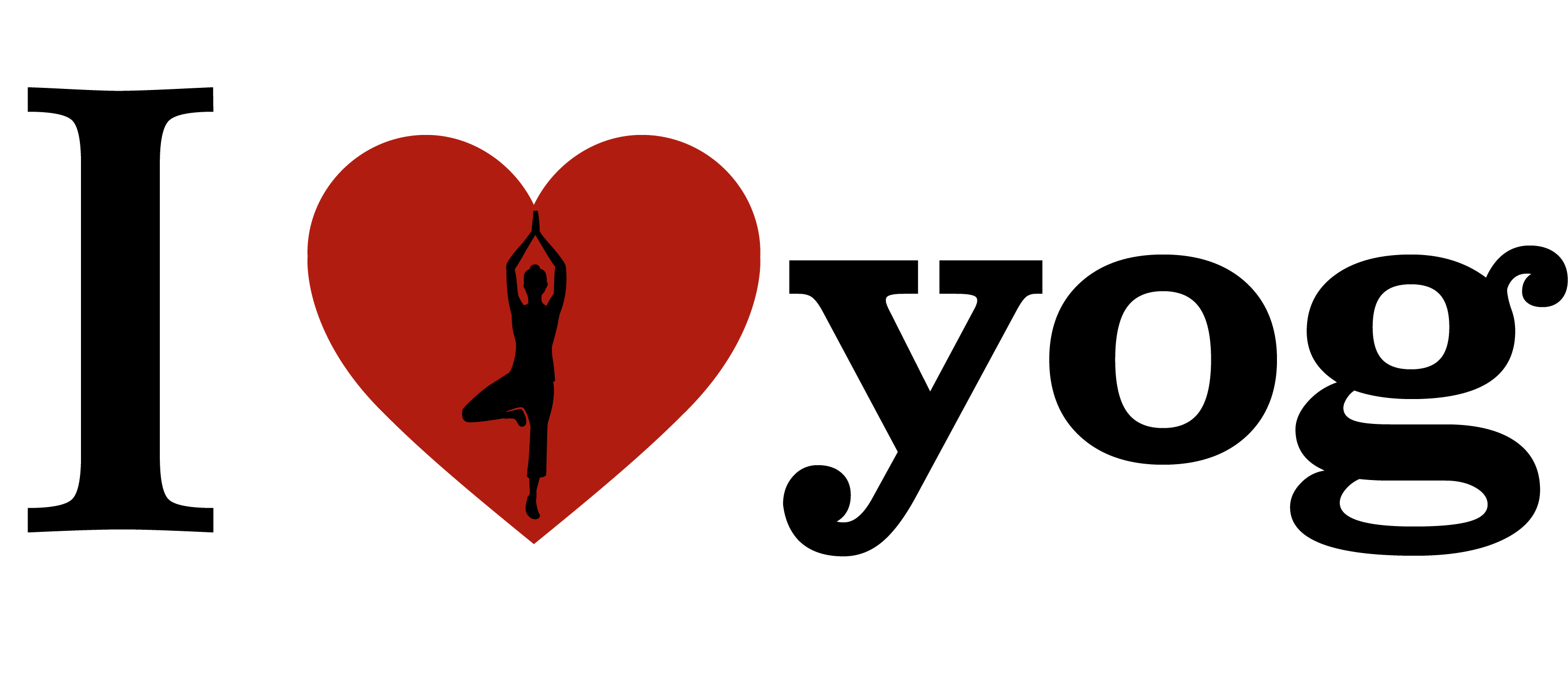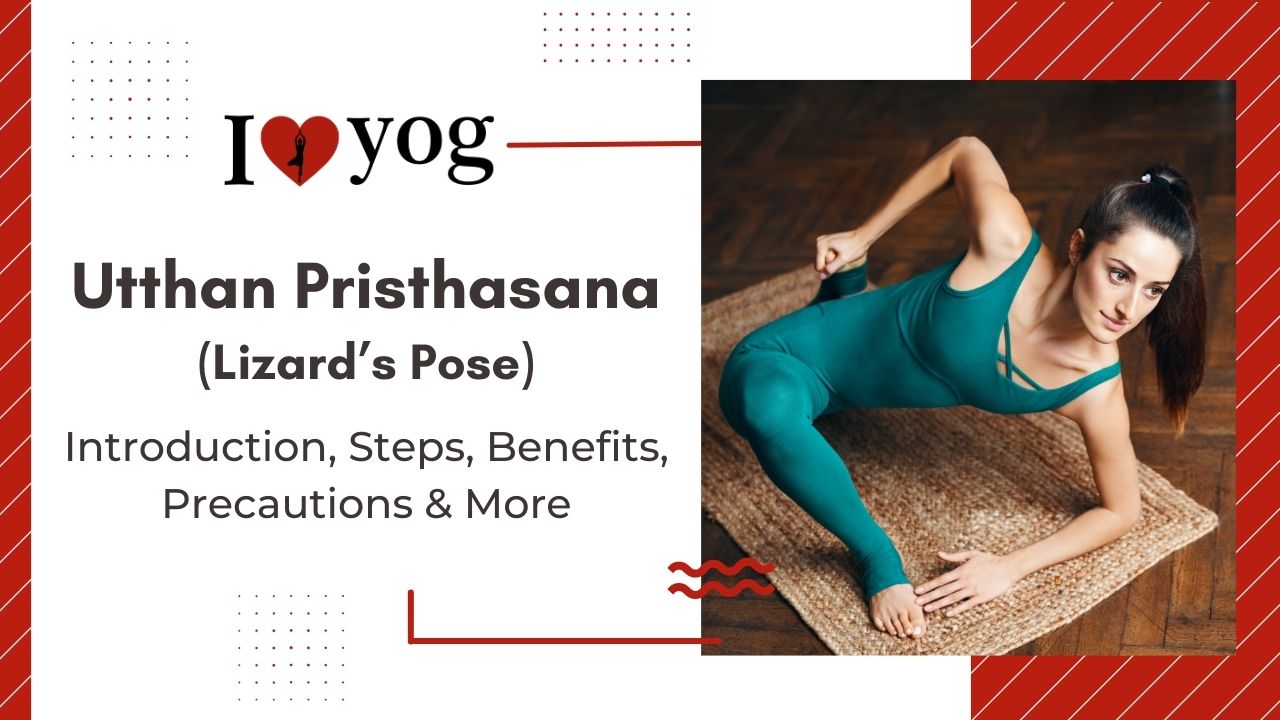What You Should Know Prior to Performing Lizard Pose?
The pose should be performed on an empty stomach in the morning.
– Even if practiced in the evening or at any other time of day, the stomach, bladder, and bowel should be empty.
– If it is practiced at any other time of day outside the early morning, the practitioner should consume food 4 to 6 hours prior to practice. This will ensure that the stomach is empty by the time the individual assumes the posture, and the energy obtained from the food will aid in performing the pose with ease.
Preparatory Poses
- Utthita Ashwa Sanchalanasana –
- Lunge Pose
- Utthita Ashwa Sanchalanasana
- Vinyasa – Runners lunge position flow
- Tadasana – Mountain Pose
- Vasishtasana – Side Plank Pose
- Yogasana Level – Intermediate
- Yogasana Style – prone
- Yogasana Repetitions – repeatable after one minute.
- Yogasana Stregnthnens – a pose that strengthens the hips, groyne, and inner hamstrings.
- Yogasana Stretches –
Stretches your lower back and legs.
Effect of Lizard Pose on the tri dosha
Impact on Doshas – Uttana Pristhasana – promotes metabolism and so it balances samana vata, vyana vata and pachaka pitta. It is excellent for balancing prana vata, sadhaka pitta, tarpaka kapha, and their interrelated axis because it calms the mind, removes bad emotions, and reduces stress. It is beneficial for reproductive health, thereby balancing apana vata.
How to Perform Lizard Yoga Asana
- Assume Downward-Facing Dog position. Inhale.
- Exhale when you step your right foot outside of your right hand while exhaling.
- Ensure that your foot reaches the front of your yoga mat so that your toes are aligned with your fingers.
- Your right knee should be bent 90 degrees and stacked above your ankle. Your toes should point outward at a 45-degree angle.
- Inhale as you lower your elbows to the ground and place your forearms flat on the mat. Spread out your palms on the ground (use a block underneath the forearms here if necessary).
- Maintain a calm, neutral head position.
- Exhale and press your left heel into the ground to keep your left leg active.
- This will prevent your hips from sagging toward the floor.
- Take five full, deep breaths.
- When you are ready to exit the position, exhale deeply and straighten your arms so that your wrists are beneath your shoulders. Inhale and return to Downward Dog position.
- Hold your starting position for several breaths.
- Repeat the steps beginning with your left leg forward to ensure that both sides of the pose are executed equally.
What Are the Benefits of Lizard Pose/Asana?
- Releases tension and emotion, reduces stress, improves concentration, and stimulates creativity.
- Helps relieve sciatica
- Strengthens the Chest and Shoulders
- Reduces extra fat in the abdomen and hips
- Vomiting during pregnancy.
- When labour is progressing rapidly, it can assist in slowing it down.
- Menstrual pain.
- Stretches the hamstrings and quadriceps to strengthen the legs
- Increases hip mobility and flexibility
- A profound sense of equilibrium with the center in mind
- The shoulder muscles, namely the deltoid muscle, gain strength.
- A great position for regulating the reproductive system
- Strengthens the gluteus maximus
Contraindications And Precautions of Lizard Pose/Asana?
- You are recovering surgery from neck, knee, foot, hip, arm, or hand surgery. You have weakness or instability in your shoulders, arms, wrists, or hands.
Patients with the following conditions should avoid performing Uttana Pristhasana:
- Sciatica
- Low back troubles
- Knee or hip injuries
- Shoulder dislocations or weakness
- Shoulder and arm fractures
- Lower back injuries
- Severe lower back pain
- Wrist or hand surgery
- Recovering from neck, knee, foot, hip, arm, or hand-related surgery
- Instability or a lack of strength in the hands, wrists, forearms, or shoulders
What Is the Science Behind Lizard Pose/Asana?
Reduces the harmful consequences of sitting or inactivity for extended periods
Reduces discomfort in the inner thighs
Can help lengthen your stride, boost your power and agility while changing directions, and decrease your risk of hamstring injury.
Tips For Beginners Regarding Lizard Pose/Asana?
- You may utilize a block or a bolster to strengthen your forearms.
- A strap may be required to secure your foot during the quad stretch version.
- Do not assume the Lizard position by lowering the head to the chest.
- Keeping the head and neck in alignment with the spine by slightly lifting the chin and sending the gap forward permits greater stretch down the body (rather than contraction).
- If you cannot place your elbows down, you may place your palms down instead.
- Use a block beneath the palms if necessary.
- You can begin with the knee bent and then gradually elevate it.
Advanced Changes in Pose
Variation of the flying lizard position. This is an arm balance.
- Begin in Downward-Facing Dog position.
- Step forward with your right foot as you exhale.
- Exhale and move your right arm behind your right leg with the palm of your hand resting on the floor near to your foot.
- Tuck the right arm under the front thigh so that the top of the hamstrings, near the hip, rests practically on the shoulder.
- Inhale as you lift your left (rear) foot off the ground. Here, take a couple deep breathes.
- Focus and find your equilibrium.
- When ready, exhale, shift forward like in Chaturanga, and lift the right foot off the ground.
- With only your hands supporting your weight, maintain equilibrium for a few deep breaths. Feet are flexed.
- Exhale and release from the posture slowly and deliberately.
Related Yoga Poses/Asanas –
Similar Asanas
- Adho Mukha Shvanasana – Dog Pose, Downward Facing
Follow-up Poses
- Kapotasana – Pigeon posture
- Utkatasana – Chair Pose
- Eka Pada Rajakapotasana – One Legged King Pigeon Pose
- Revolved Head to Knee Pose (Parivrtta Janu Shirsasana)
- Eka Pada Setu Bandha Sarvangasana One legged bridge position
- Hanuman Asana – Monkey Pose
Reference:
- https://www.verywellfit.com/lizard-pose-utthan-pristhasana-3567096
- https://bodybyyoga.training/yoga-for-beginners/how-to-do-a-lizard-pose/


